
Curacao visa and entry requirements:
Passport required
No visa is required
Information from the Foreign Office about your Curacao trip:
https://www.auswaertiges-amt.de/de/niederlandesicherheit/211084
Curacao is the largest of the three so-called ABC islands in the Caribbean, with around 170,000 inhabitants. Together with the neighboring island of Klein Curacao, it forms a country of the Kingdom of the Netherlands.
Geographically, Curacao is part of the Lesser Antilles and is located approximately 60 kilometers north of the South American mainland of Venezuela and northeast of Colombia. It lies in the middle of the other two ABC islands, the eastern island of Bonaire and the island of Aruba in the west.
The official language of Curacao is Dutch, but Papiamentu is also widely spoken as the dominant language. The official island currency is the Antilean guilder, although euros and US dollars are also accepted there. The exchange rate of the Antillean guilder is around ANG 2 at 1 euro.
The largest cities and towns on Curacao include Willemstad, Tera Cora, Labadera, Barber, Soto and Westpunt.
The land area of Curacao is mostly flat, with the 375 meter high Sint-Christoffelberg as the highest point. The island has a tropical climate all year round with low rainfall and hardly any fluctuations in temperatures.
The main economic sectors of Curacao are tourism, finance and petroleum refining.
The refinery produces crude oil from Venezuela and exports it to the USA or surrounding South American countries. Curacao is also very important in banking and as an offshore financial center. The island was previously considered a so-called tax haven.
However, the Caribbean island's largest source of income is tourism, with almost 500,000 annual visitors, a significant proportion of which come from docked cruise ships.
Curacao is particularly popular with diving tourists after the surrounding underwater world was protected a few years ago. This measure and various accessible shipwrecks off the island's coast have made Curacao a world-famous diving paradise.
The Caribbean island also has numerous fascinating white sandy beaches. The most beautiful beaches in Curacao include Kenepa Beach, Porto Marie Beach, Kenepa Chiki Beach, Kleine Knip, Playa Lagun, Blue Bay Beach, Kokomo Beach, Mambo Beach, Playa Piskado and City Beach 88, the Cabana Beach and Santu Pretu.
The capital of the island of Curacao is Willemstad with around 140,000 inhabitants. It is by far the largest city of all current and former Dutch territories in the Caribbean.
The city center of Willemstad with the two opposite districts of Punda and Otrabanda, only separated by the Queen Emma Bridge, is home to many historic buildings of Dutch colonial architecture.
The city is a huge attraction for international tourism, has many hotels, restaurants, bars or casinos, and welcomes numerous cruise ships in its port.
The most important sights in the capital include the Queen Emma Bridge, the city's world-famous landmark - the colorful promenade of Handelskade, the Punda district, the Queen Juliana Bridge, the University of Curacao, the Queen Wilhelmina Bridge, and the Riffort Village with its many restaurants and cafes, the Mambo Beach Boulevard, the Otrobanda cemetery, Fort Nassau, the Scharloo district, Fort Beekenburg, the Aloe Vera plantation, the maritime museum, Fort Amsterdam, the Curacao Museum, the golden yellow Roman Catholic church, the Bloemhof country house, the Fort Church, John F. Kennedy Boulevard, the Natural History Museum, the Buena Bista Institute, the Dolphin Academy, the Aquarium and the Children's Museum.
In August 2015 I visited the Caribbean island of Curacao for the only time so far. I landed with the local airline “Insel Air” from the neighboring island of Aruba around midday. Towards the end of my nine-week Caribbean tour, I stayed on this beautiful island for three days.
We stayed overnight in one with my two travel companions, Sascha, a friend from earlier days and permanent travel partner on this long trip, and Diana from Guatemala, who only joined us in the previous Aruba for a few days and was hostess during my tour of Central America last year inexpensive hotel not far from the city center.
The lively center of Willemstad is very exciting and varied, with lots of beautiful photo opportunities. There are several old colonial buildings, colorful house facades, interesting fountains, countless street cafes, boats sailing around, small stalls or hidden markets, so it's just a lot of fun to spend the whole day there.
For the second day we took a trip across the island, past the thousands of impressive cacti and the huge divi-divi trees.
We then visited the well-known beach “Playa Kenepa Chiki”, which we had specially selected. This fantastic and deserted swimming paradise, with an ideal water temperature, was a perfect place for a relaxing afternoon while also offering a huge open-air aquarium. The numerous colorful fish swimming around there were not disturbed by our visit.
After an outstanding stay on the beautiful Caribbean island of Curacao, we traveled on to the neighboring ABC island of Bonaire the next morning, while Diana had to leave us and fly back to her home in Guatemala City.

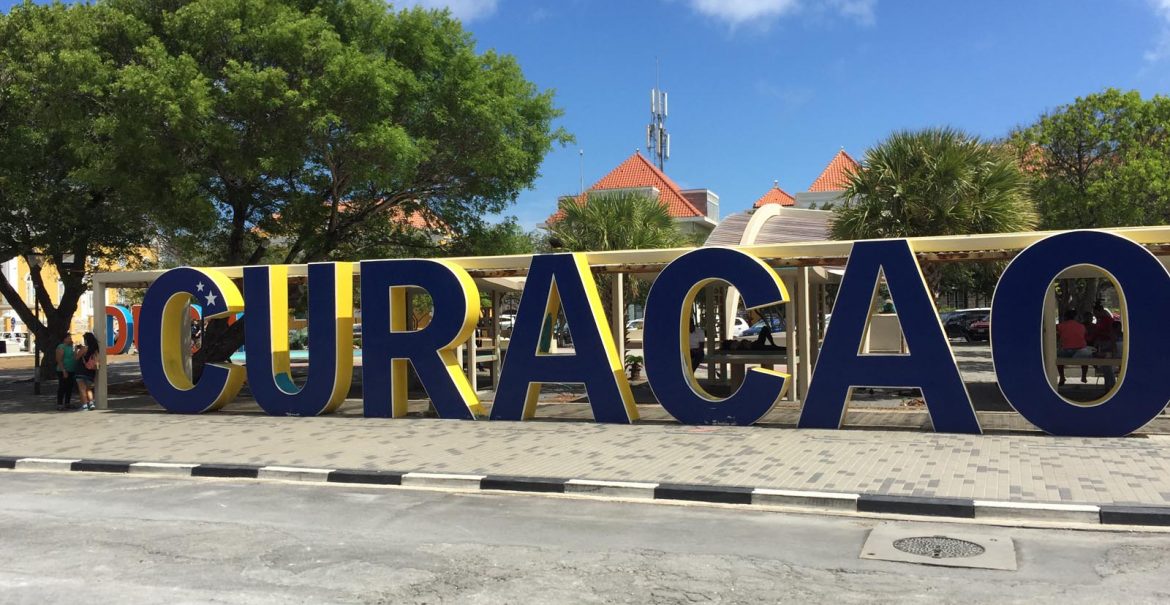




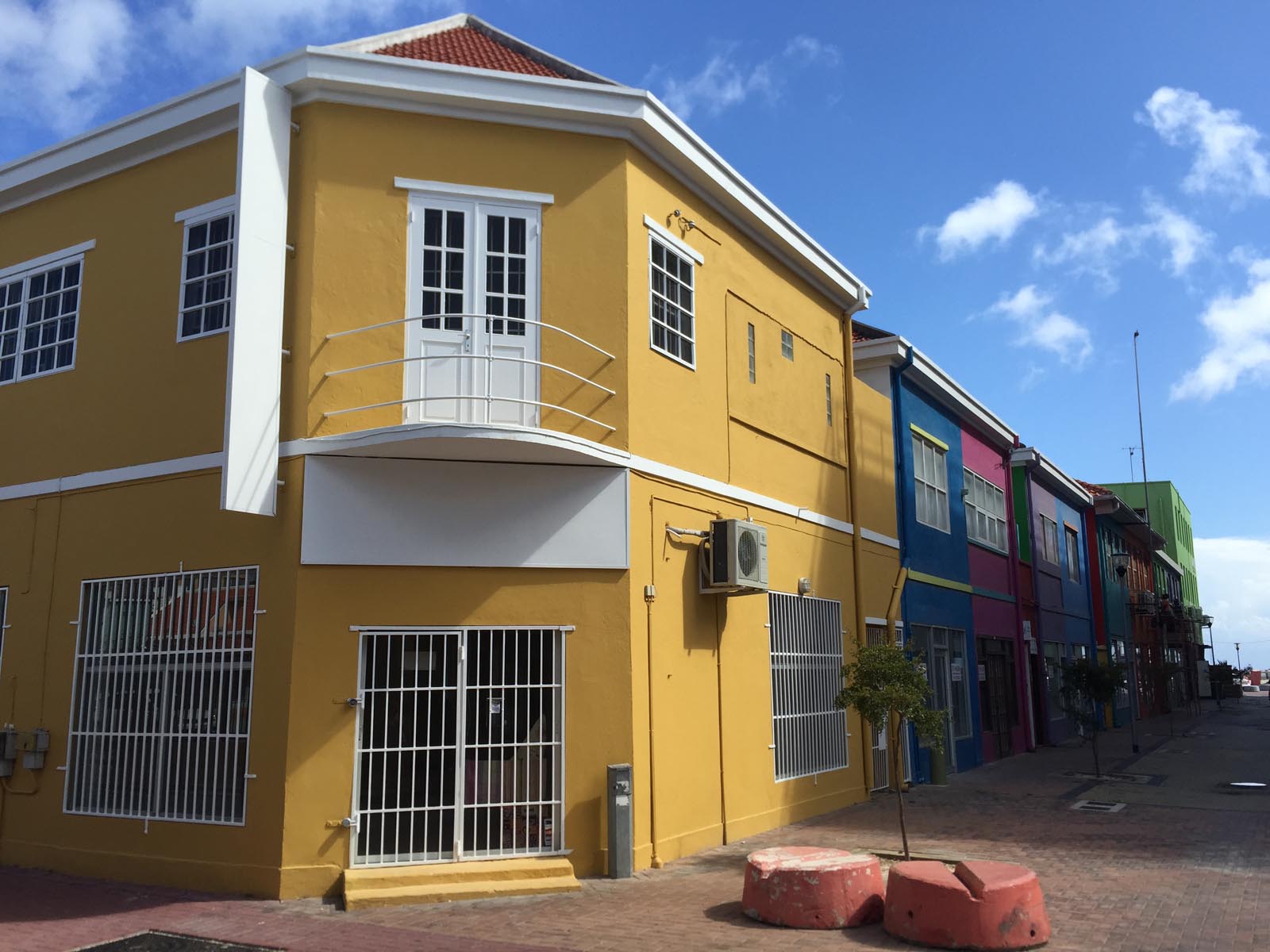
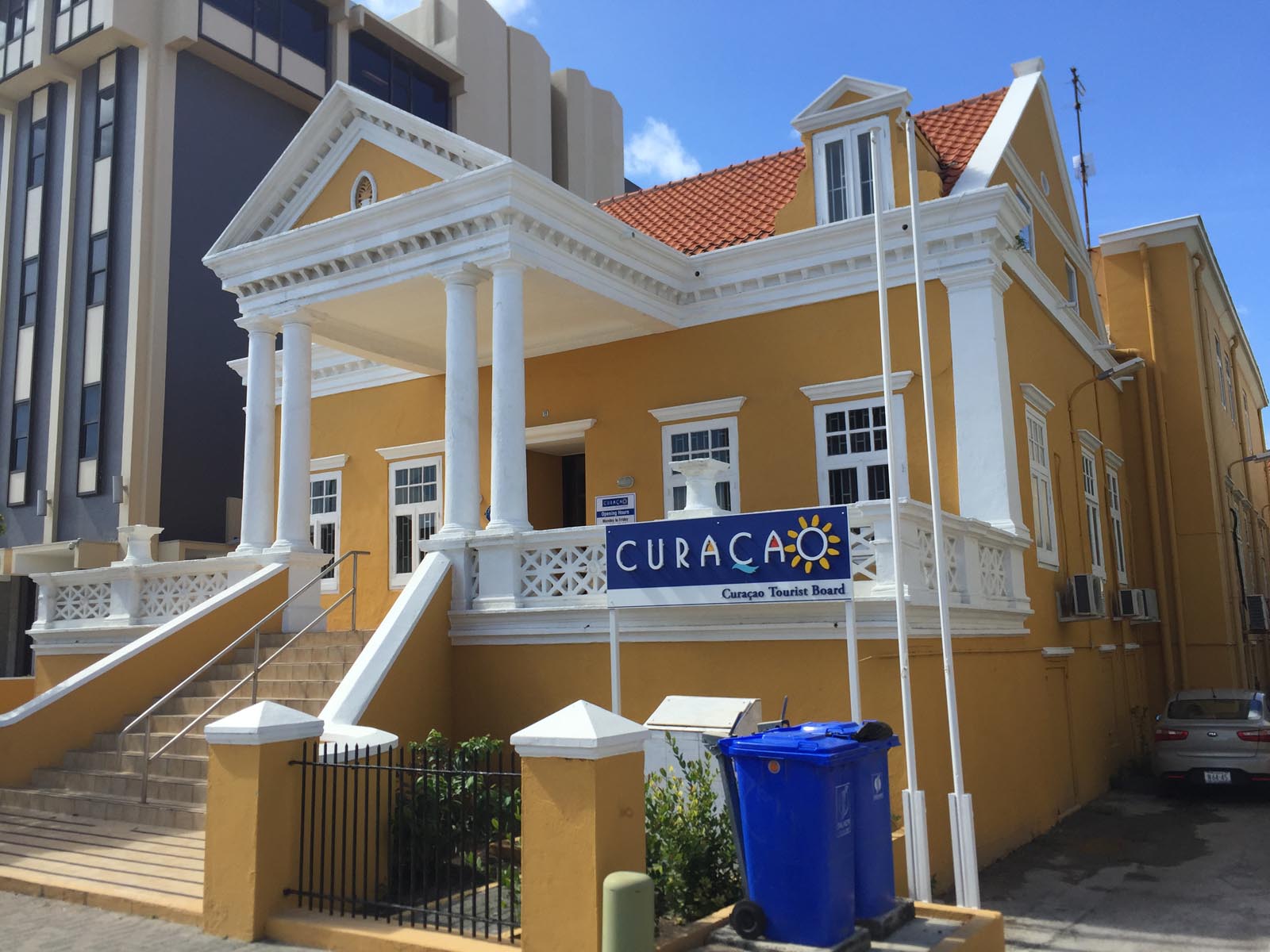



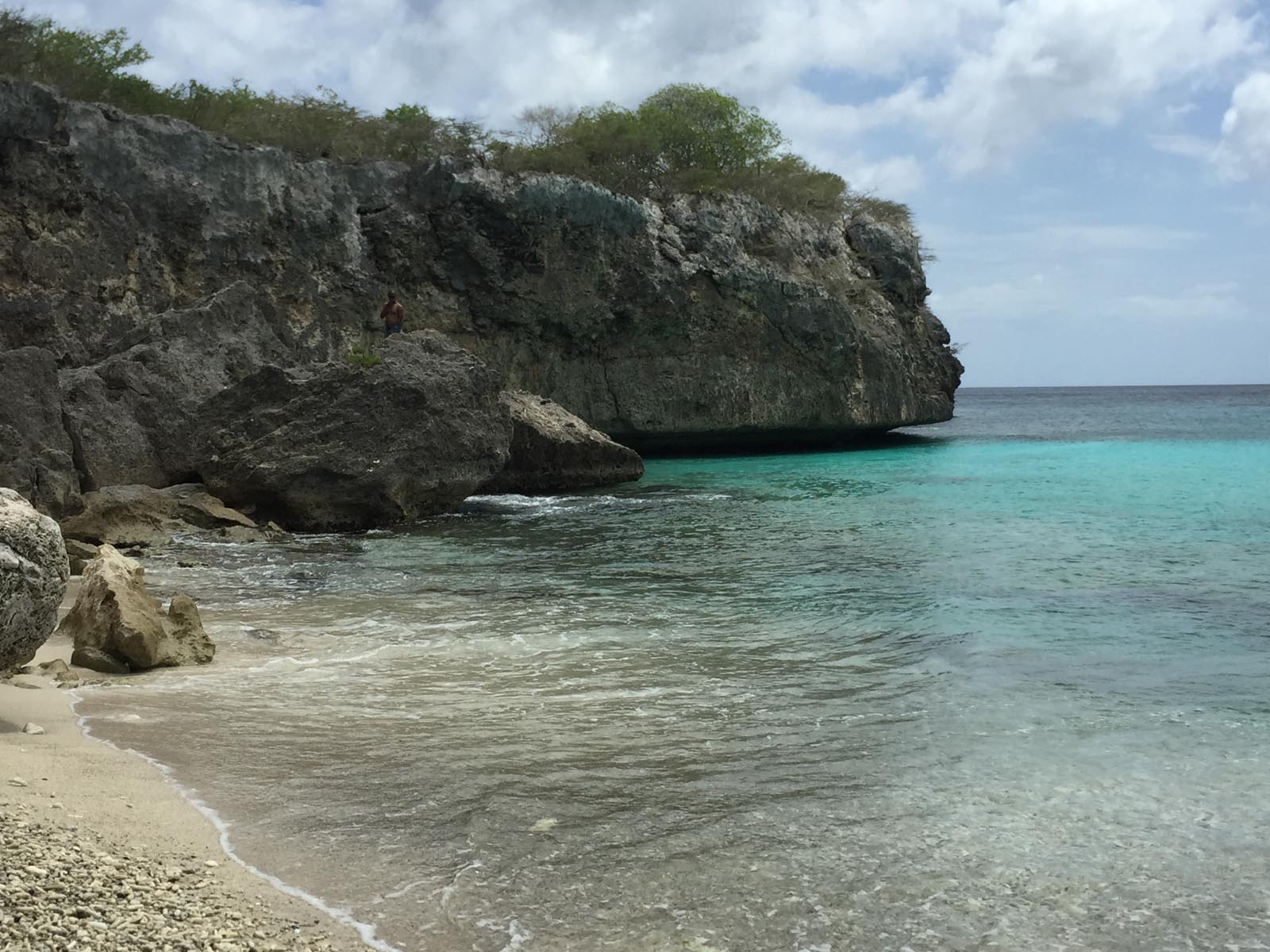




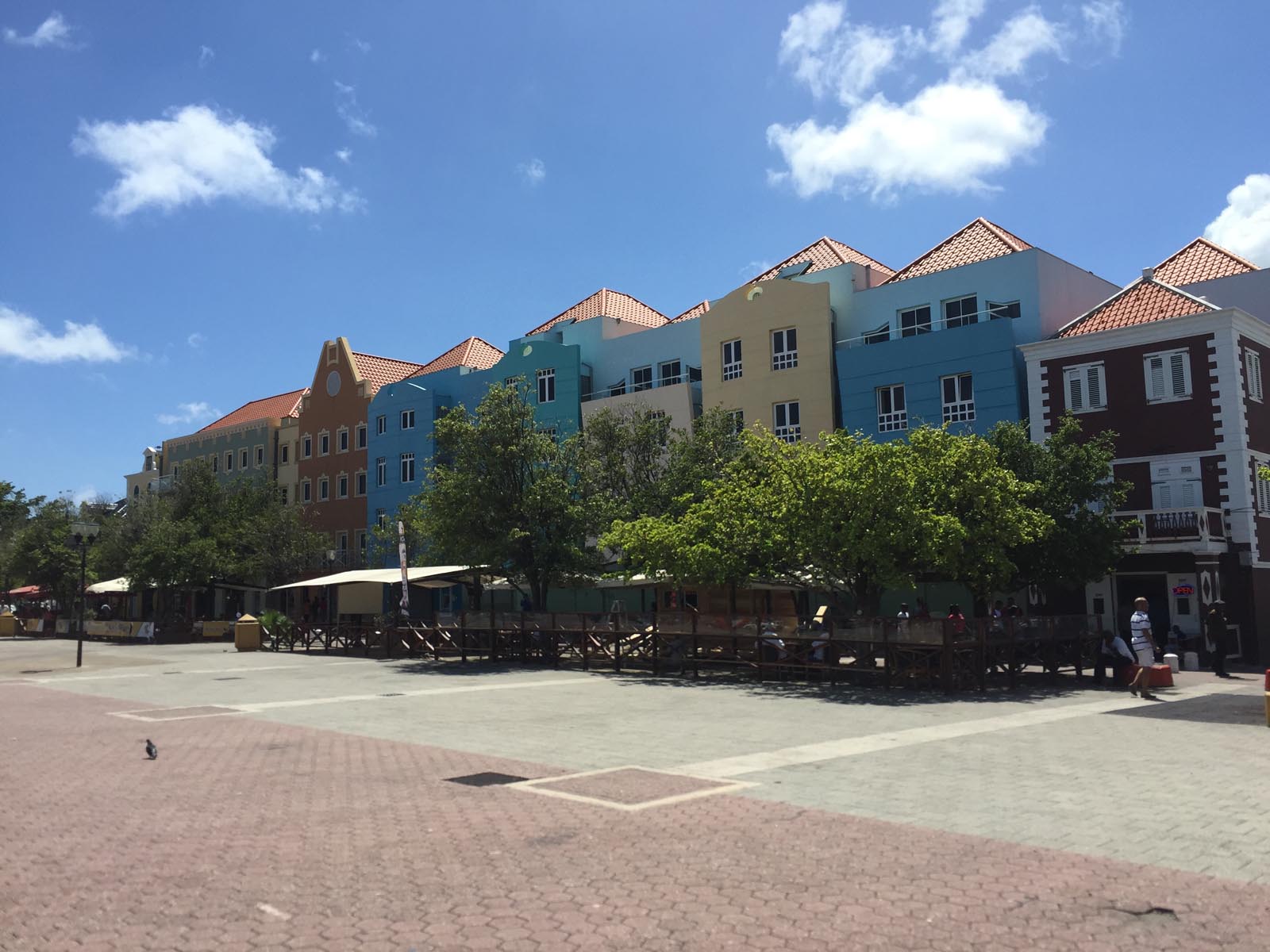






















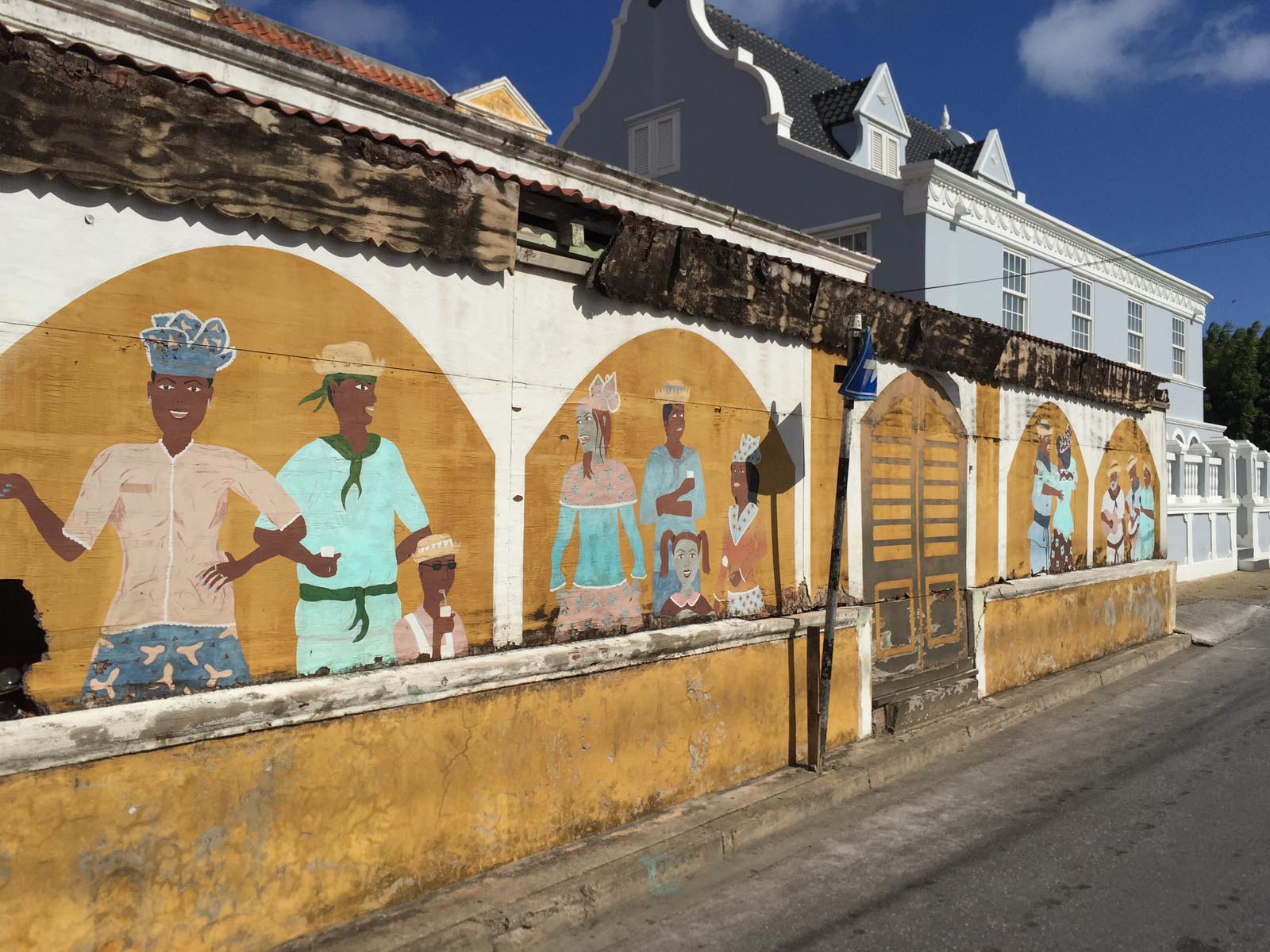











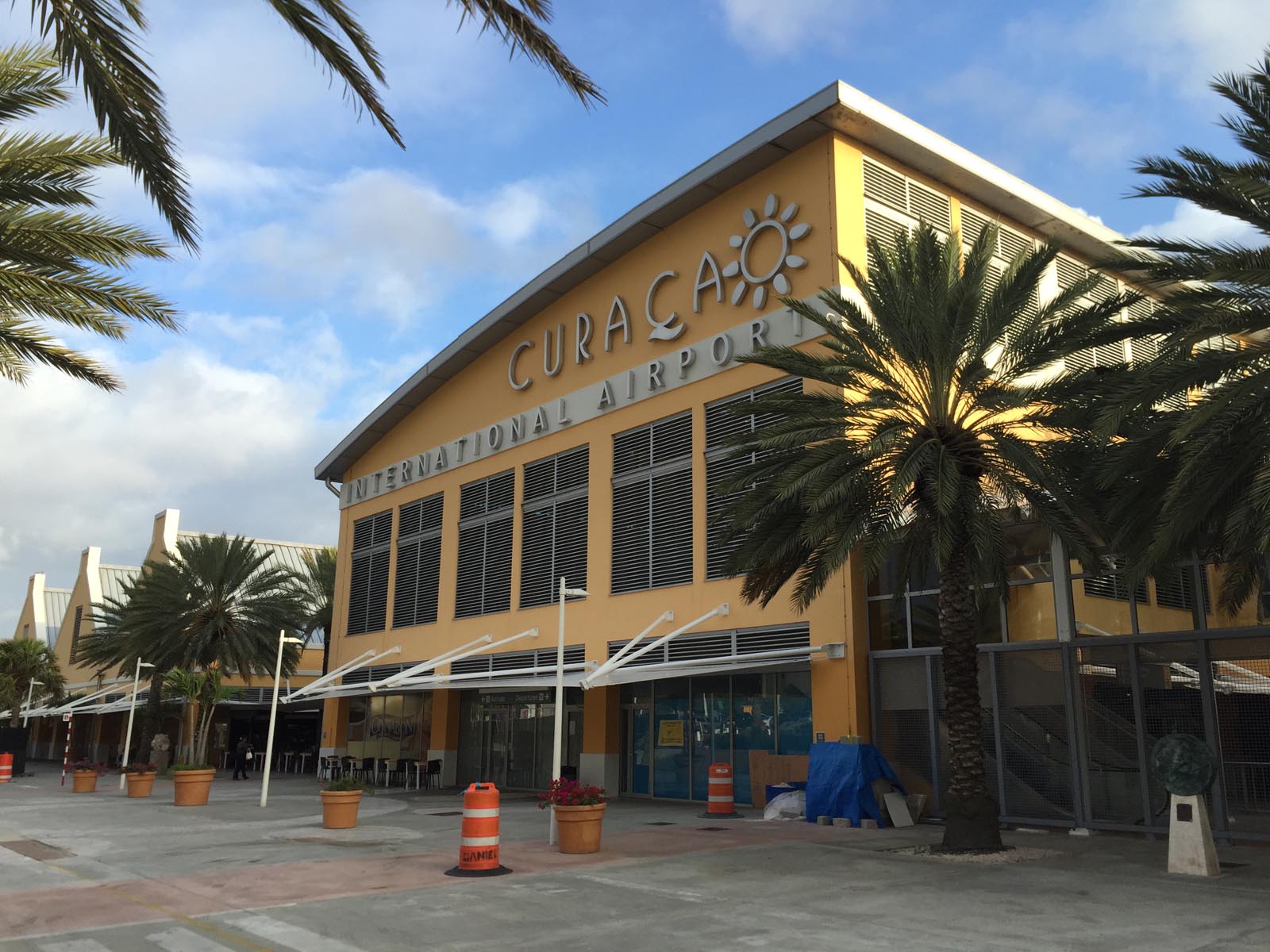
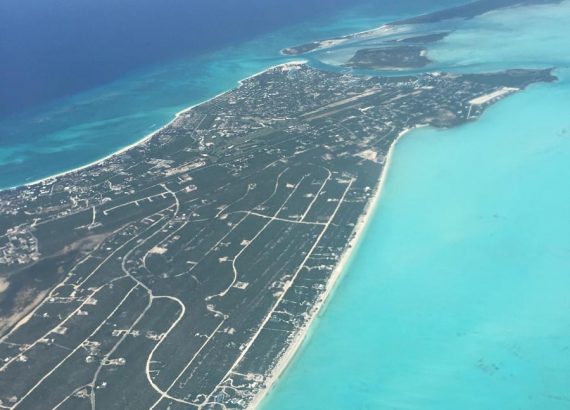
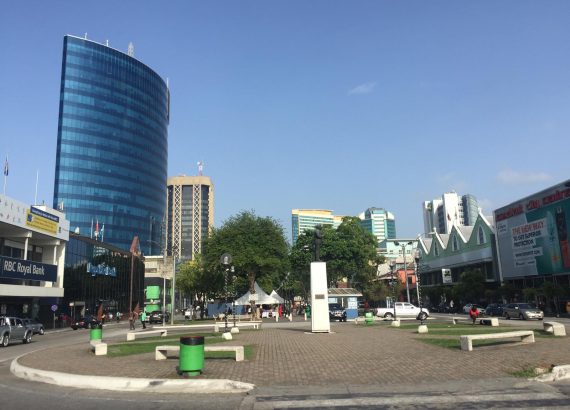
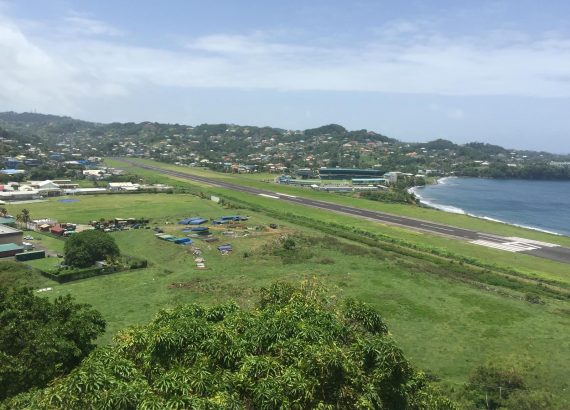
No Comments